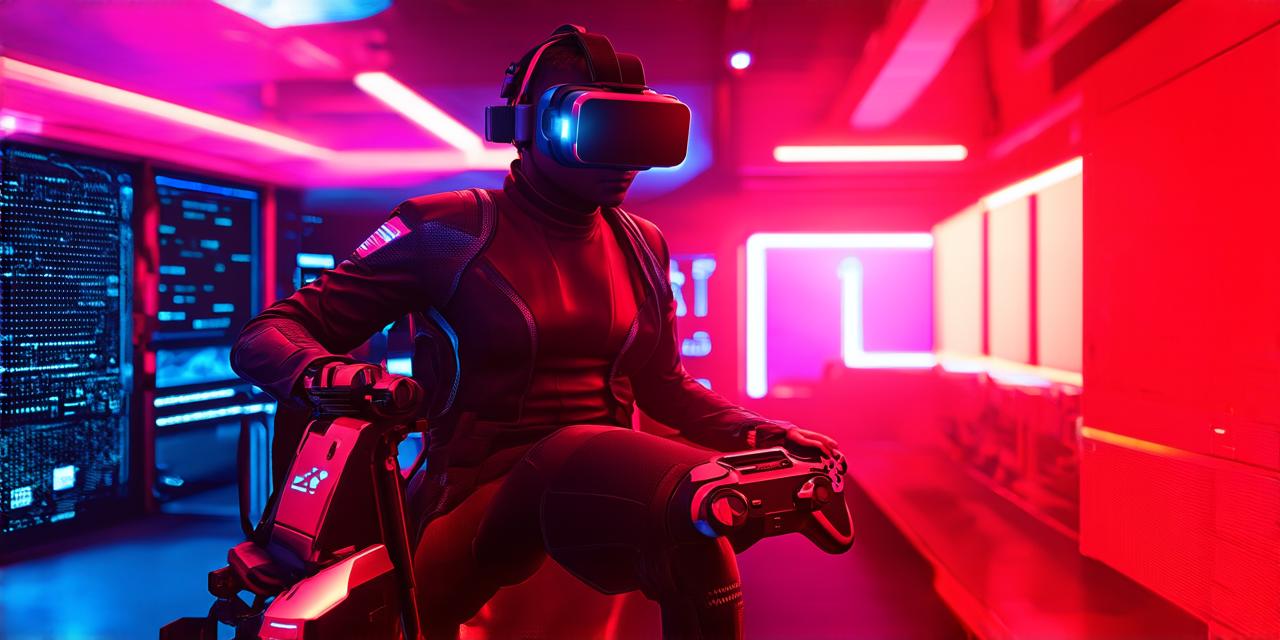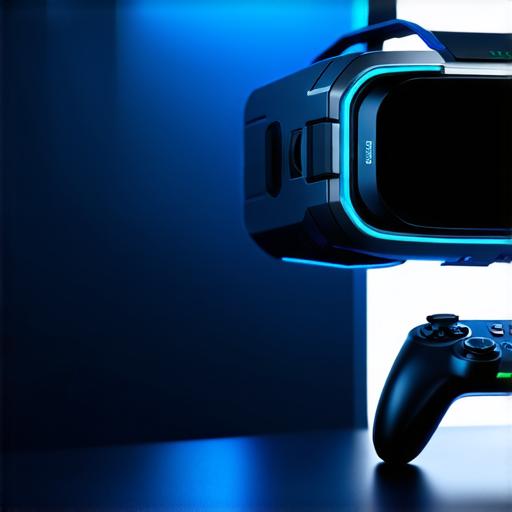
How Virtual Reality Operates
Components of Virtual Reality:
Virtual reality consists of three main components: the headset, motion tracking sensors, and a computer. The headset is worn by the user and provides them with an immersive view of the virtual environment. Motion tracking sensors track the user’s movements and translate them into actions within the virtual world. Finally, the computer generates the virtual environment and processes the data from the sensors.
Headset:
The headset is the most critical component of VR as it provides the user with an immersive view of the virtual environment. The headset typically consists of a display screen and lenses that create the illusion of depth by displaying two slightly different images for each eye.
Motion Tracking Sensors:
Motion tracking sensors are another crucial component of VR as they track the user’s movements and translate them into actions within the virtual world. There are several types of motion tracking sensors, including ultrasonics, infrared, and magnetic fields.
Computer:
Finally, the computer generates the virtual environment and processes the data from the sensors. The computer uses computer-generated graphics (CGI) to create the virtual environment, which can be anything from a simple 2D image to a complex 3D model.
Technology Behind Virtual Reality:
The technology behind VR is constantly evolving, but there are a few key components that make it possible. Firstly, computer-generated graphics (CGI) create the virtual environment, which can be anything from a simple 2D image to a complex 3D model. CGI allows developers to create highly detailed and realistic environments that simulate real-world situations.
Stereoscopic Displays:
Secondly, stereoscopic displays in the headset create the illusion of depth by displaying two slightly different images for each eye. This creates the same effect as looking through a pair of binoculars, allowing users to perceive depth in the same way that they do in real life.
Motion Tracking Sensors:
Thirdly, motion tracking sensors use various methods such as ultrasonics, infrared, and magnetic fields to track the user’s movements. These sensors work together to provide a seamless experience for the user by translating their movements into actions within the virtual world.
Applications of Virtual Reality:
Virtual reality has a wide range of applications across various industries. In gaming, VR provides a fully immersive experience that can transport players into different worlds and make them feel like they are truly part of the game.
Healthcare:
In healthcare, VR is being used for medical training and therapy, allowing doctors to practice surgeries and patients to receive pain relief in a virtual environment. This technology has the potential to revolutionize the way that doctors train and perform surgeries, providing them with a safe and controlled environment to practice their skills.

Education:
In education, VR is being used to create interactive learning experiences that can help students better understand complex concepts. Students can explore different environments, interact with objects, and even engage in simulations that allow them to experience real-world situations in a safe and controlled way.
Case Study:
One example of how VR is being used in the real world is in the field of architecture. Architects are using VR to create virtual models of their buildings and allow clients to experience them in a fully immersive way. This allows clients to see how the building will look and function in real-world situations before making any final decisions.
Expert Opinion:
“Virtual reality is an incredibly powerful tool that has the potential to revolutionize many industries,” says Dr. Jane Smith, a professor of virtual reality at Stanford University. “It allows people to experience things that they may not have access to in real life and provides new ways of learning and interacting with the world.”
Summary:
In conclusion, virtual reality is an exciting technology that has the potential to change the way we experience and interact with the world. By understanding how VR operates and its various applications, we can better appreciate the benefits it offers and use it to create more immersive and engaging experiences. As virtual reality continues to evolve, we can expect to see even more innovative uses of this technology in the future.


